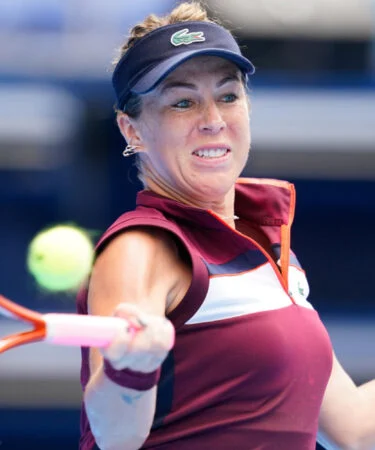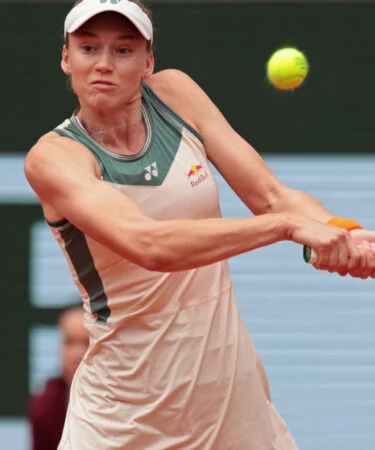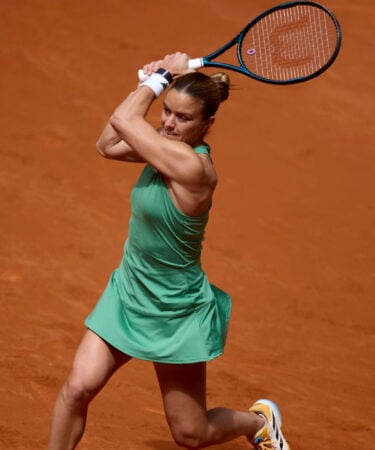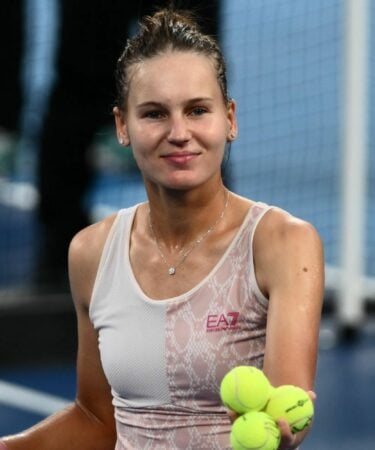Introduction of performance byes serves as another untimely curveball for the WTA
The WTA’s decision to implement performance-based byes for the early rounds of tournaments has not been met with much enthusiasm
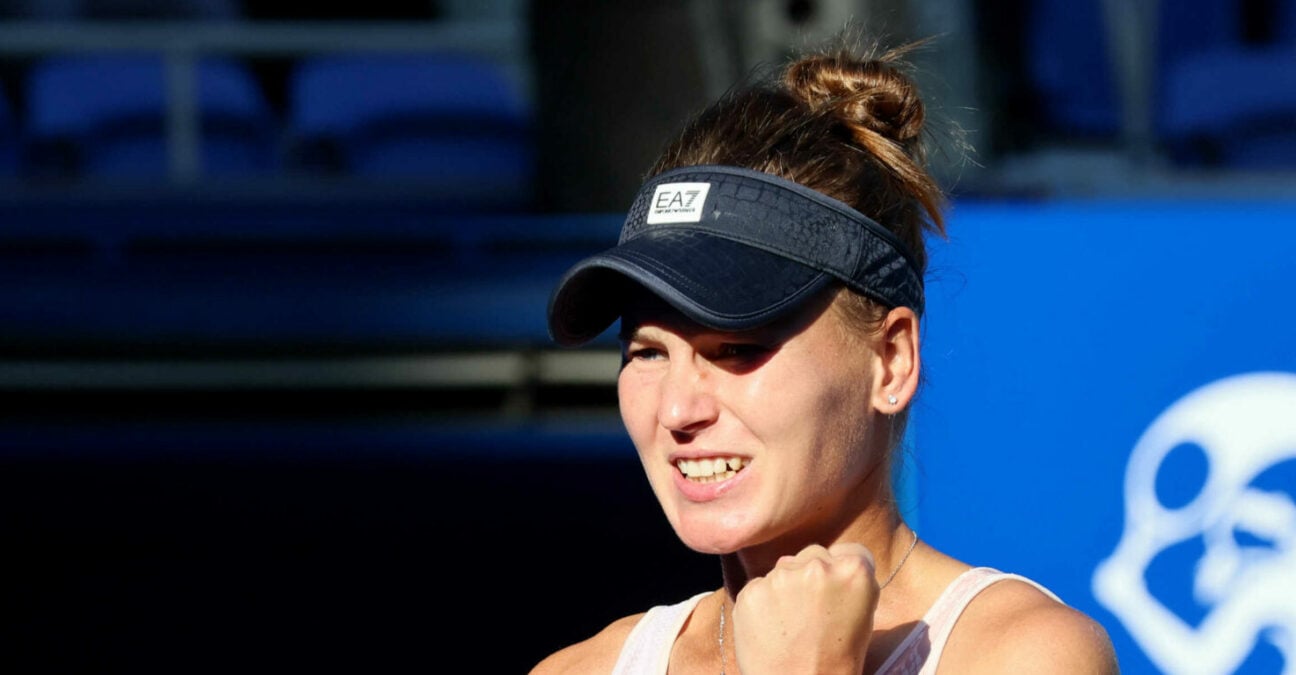 Veronika Kudermetova, Adelaide 2024
Veronika Kudermetova, Adelaide 2024
The WTA has endured a challenging twelve months. From controversies around pay disparities with the ATP at big tournaments, difficult questions on the ever-looming prospect of Saudi Arabia hosting high-profile tour events, the contentious issue of a return to China and the recurrent anger at late-night match finishes, one would think that the WTA would be in search of a quiet final few weeks of the season.
It seems strange, therefore, that the WTA has chosen this moment to implement a highly significant rule change – one that will have a direct impact on results – with little prior announcement.
The introduction of performance byes for tournaments in Tokyo and Beijing during this year’s autumn Asian swing dictates that noteworthy performances by players in a tournament will see those players awarded a performance bye for the first round of the following week’s tournament.
To take the current example, it is Pegula, Sakkari, Pavlyuchenkova and Kudermetova who have all received byes into the second round of the China Open in Beijing next week, courtesy of their last four appearances in Tokyo this week. This means that the top three ranked players – Sabalenka, Swiatek and Coco Gauff – all miss out on a bye.
It is a significant shift from the traditional bye rule, which grants free entry into the second round of the tournament for the highest-ranked players. The ethos was always on rewarding year-round consistency, allowing the best players over the past twelve months to enjoy safe passage past potentially tricky, banana-skin openers.
Now it appears the WTA wants to place a greater emphasis on recent performances rather than rely on the year-round rankings system to determine who should receive first-round byes.
Performance byes strike bitter chord with Elena Rybakina
This has already been met with some consternation among players and fans. Most notably, Elena Rybakina, who only found out in the days before she was due to play in Tokyo that her ranking as the World No 5 would no longer grant her a bye into the second round.
“Thank you for changing the rules [at the] last moment,” Rybakina wrote in an Instagram story accompanied by a screenshot of the Tokyo draw. “Great decisions as always @wta.”
She ultimately pulled out of the event, saying her body was not ready to compete.
Elena Rybakina, who didn’t get bye despite being ranked higher than Sakkari and Garcia: https://t.co/bIWrAKQQtN pic.twitter.com/rlqHfVHIUO
— José Morgado (@josemorgado) September 23, 2023
It is important to note that performance byes are currently only being trialled, and have not yet become a full-time, permanent rule change.
Odd timing of rule change invites difficult questions
However, the timing at the very least is enough to raise eyebrows. It could be argued that the introduction of the performance bye trial at the tail end of the year undermines the credibility of results throughout the season, as the rules have not been consistent over the course of one campaign.
Given the 2023 season is less than two months from the finish line, implementing the rule change for the start of the new year might have seemed a wiser move, as well as giving the WTA the off-season to properly announce its plans.
It also means that the final 1000-level tournament of the year – one of the most important events all season – will be played under different rules to the others, giving a helping hand to players who arguably do not merit it.
Case in point – Anastasia Pavlyuchenkova. She is a very fine player – reaching the Roland-Garros final in 2021 is a clear indicator of the quality she possesses. But Pavlyuchenkova would be the first to admit that the past two years have not gone entirely according to plan – she is currently ranked 86th in the world. Awarding a first-round bye to a player well outside the top 50 feels like the result of muddled thinking.
Good intentions, but flawed execution
On the contrary, the purpose of the rule change does seem clear, even if flawed. Too often players who have just won a tournament have a turnaround of only days before they start their next event, leading to many title winners falling early the next time they play.
If this is an effort to mitigate against that problem, then it is a commendable idea.
However, the problem lies with the small assessment window for determining who should benefit from performance byes. Surely one week is not long enough.
Any player inside the top 100 is capable of a good run at a tournament, but it does not necessarily entail they should be awarded a performance bye. If the rule looked at points accrued over a wider period of time, such as two months, then it might begin to make more sense.
For now, though, the WTA are pressing on with trialling this current performance bye system. Perhaps it will in time be recognised as a positive adjustment to tour rules, giving a deserved break to in-form players who otherwise would never be in a position to receive one.
Based on the immediate response from fans and players so far, however, that scenario currently seems somewhat unlikely.








